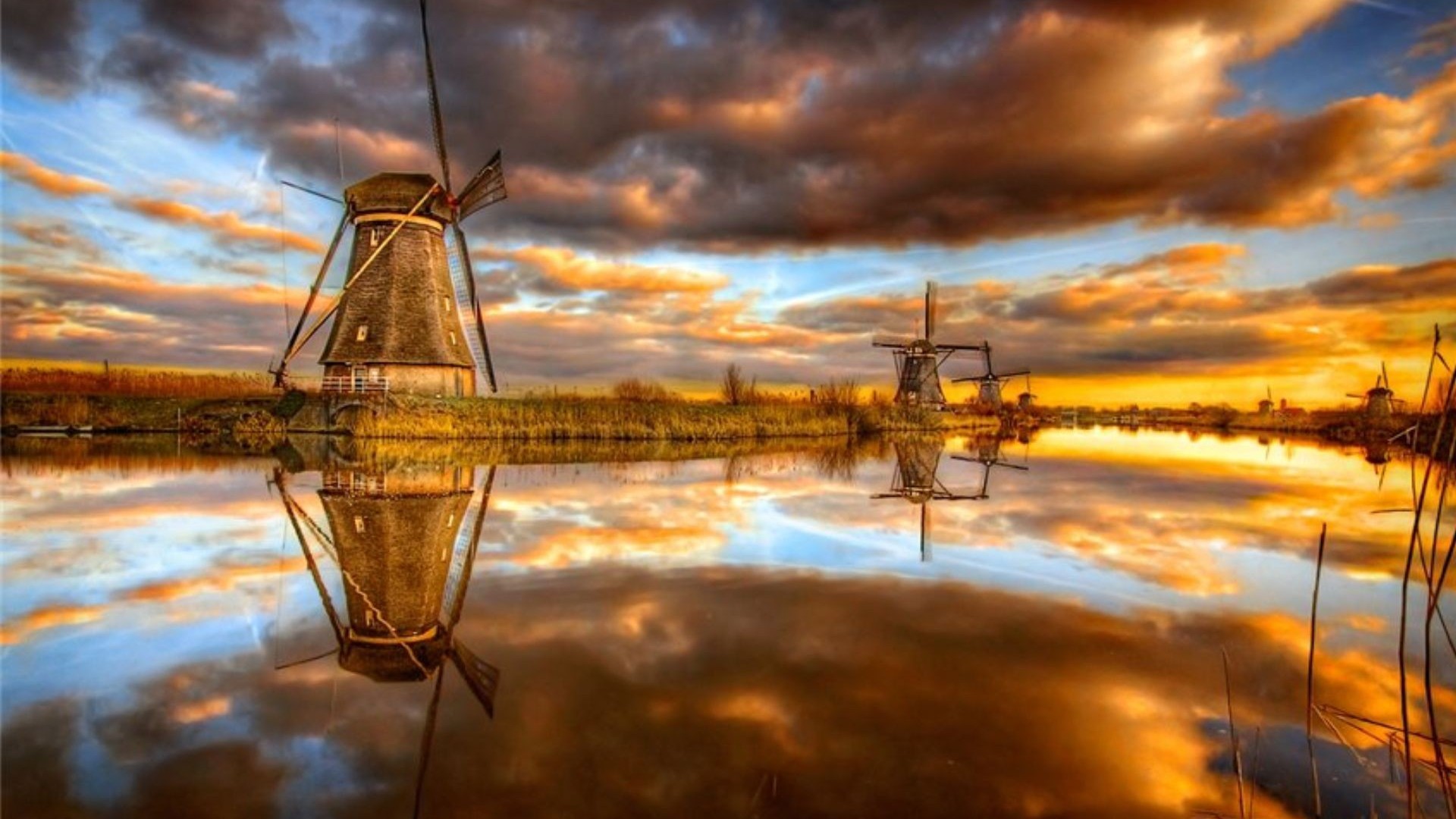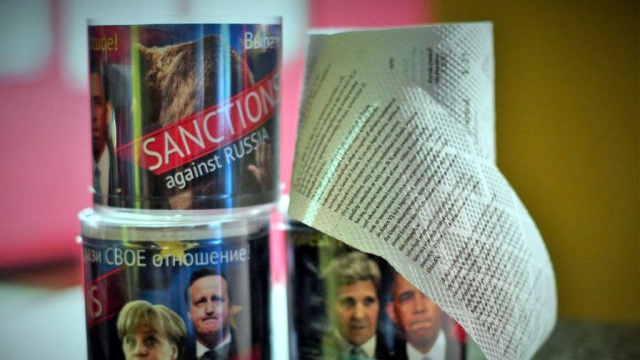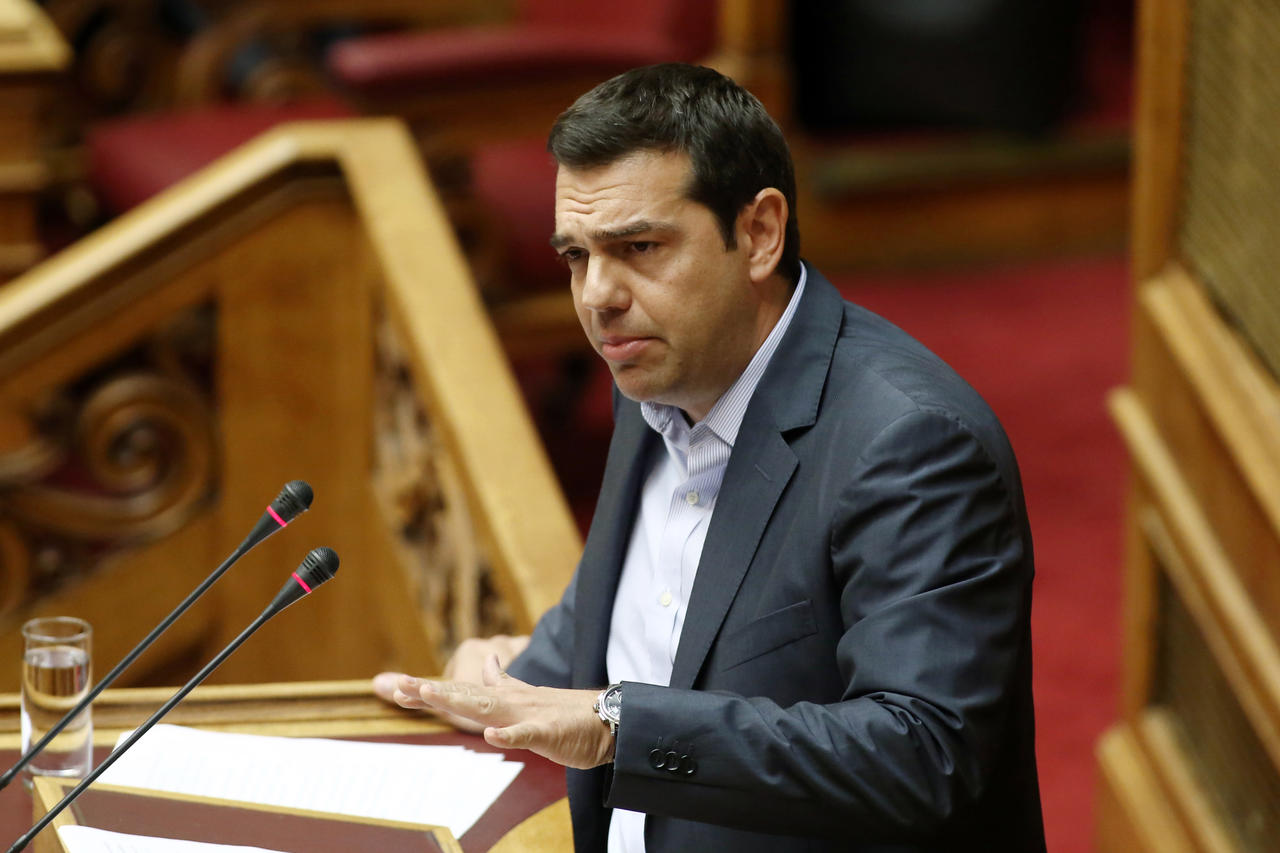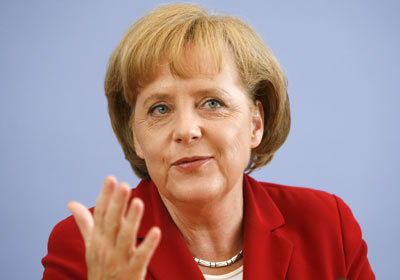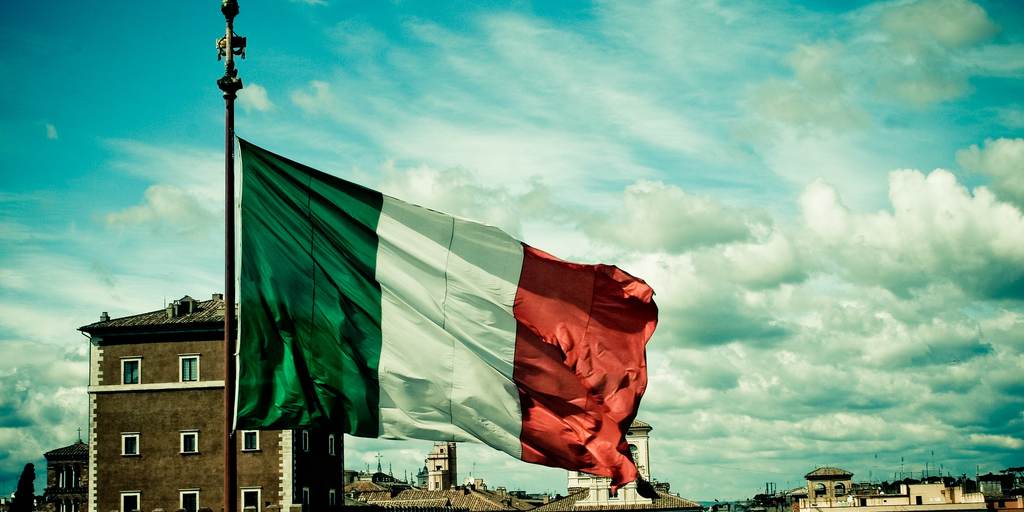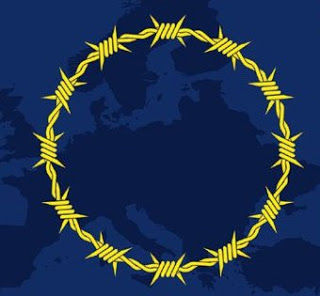Summary
The Netherlands doesn’t make international headlines very often, but its recent moves to prepare for a radically different European Union have started to garner attention. On Nov. 18, a local newspaper revealed that the Dutch Cabinet has discussed a plan to create a smaller version of the Schengen Agreement that would include fewer countries. Then, on Nov. 24, a group of advisers to the Dutch Cabinet issued a report recommending that the government prepare for a future in which the members of the European Union would take different stances on policy and integrate into the bloc to varying degrees and at different speeds. These moves reveal that the Dutch government wants to be ready if the European Union’s political and economic instability worsen. But perhaps more important, they are a reminder of the intimate link between foreign policy and geography.
Analysis
The Netherlands exemplifies the ways in which geography can determine the behavior of a nation. The country has been shaped by a constant struggle against two formidable enemies: water and foreign powers. The country’s core is located around and north of the delta of three rivers — the Rhine, the Scheldt and the Meuse (or Maas) — and their tributaries, including the Waal, which connects the massive port of Rotterdam to Germany. These rivers have shaped Dutch politics and economics in many ways.
Low-cost transport enabled by the rivers and the Netherlands’ proximity to the North Sea made the country a key center for finance and trade in northern Europe. By the 17th century, the Netherlands had become one of the world’s major seafaring and economic powers. The Dutch established colonies and trading posts all over the world, from the Americas to South Africa to Southeast Asia. In the process, they refined and perfected capitalism, creating the model for modern stock exchanges as well as insurance and retirement funds.
But along with its economic impact, water had great influence on the country’s politics. Roughly a quarter of the Netherlands’ area is below sea level, and the rest is only slightly above it. Floods pose a permanent threat to the Netherlands (which literally means “the Low Countries”), destroying towns and undermining farming. St. Lucia’s flood, for example, is believed to have killed between 50,000 and 80,000 people in the Netherlands and northern Germany in 1287.
The Dutch therefore needed to reclaim land from the sea and build complex canals, dikes, lochs and pumping stations to develop agriculture and protect towns from flooding. To do so, permanent cooperation between government officials, the urban bourgeoisie and farmers was needed. This led to the creation of a decentralized administrative system based on cooperation and constant compromise that survives to this day.
It was this cooperation that made Dutch independence possible. Until the late 1500s, the Low Countries (which included present-day Netherlands, Belgium and Luxembourg) consisted of several small political entities under the rule of the Spanish branch of the House of Habsburg. In 1568, some of these entities rebelled against their rulers because of high taxes, the persecution of Protestants and the Habsburgs’ attempts to centralize the government. In 1581, the northern provinces of the Low Countries declared independence from Spanish rule, leading to the creation of the Dutch Republic.
The Confluence of Nature and War
But if the Netherlands’ geographic location made the country immensely rich, it also put it in constant danger. Surrounded by major military powers including Germany, France and the United Kingdom and lacking any significant geographic barriers to protect it, the Netherlands historically has always been vulnerable to invasion or has been under the de facto rule of outside powers. Its fertile polders, low-lying patches of land protected by dikes, produce sizeable amounts of food. And its strategic ports and waterways, key location between France, Germany and the North Sea have long attracted the attention of foreign powers.
As a result, the Dutch fought against the French, the Germans and the British between the 17th and 20th centuries, in some cases at the same time. (1672, the year that England, France, Munster and Cologne declared war against the Dutch Republic, is known by Dutch historians as the “disaster year.”)
One of the Netherlands’ primary defense strategies during an invasion was to open the dikes, washing its enemies away or at least slowing their advance. But because this was not completely effective, the country also had to rely on the next best thing: diplomacy. Small but wealthy, the Netherlands became the middleman in charge of preserving a balance of power in Europe that would keep its enemies at bay. This involved strategies such as holding international peace conferences to settle disputes between states and participating in as many international organizations as possible. It comes as no surprise, then, that institutions such as the U.N. International Court of Justice and the International Criminal Court are located in The Hague. This is also attributable to the Netherlands’ long maritime tradition, which made the Dutch pioneers in maritime (and thus international) law.
To a large extent, the strategy worked. Between the end of the Napoleonic Wars and World War II, the Netherlands did not face any existential threats. The country even managed to remain neutral during World War I, working to remain on stable ground with the British and the Germans. But the limitations of the Netherlands’ balancing act were laid bare in 1940, when the Nazis invaded and occupied the country in only a week.
A Never-Ending Balancing Act
World War II revealed the limits of the Netherlands’ neutrality. After the war, the country redesigned its foreign policy to focus on two pillars: a strong alliance with the United States and a push toward European integration. As a result, the country became a founding member of both NATO and the European Economic Community (the predecessor of the European Union), allowing it to secure access to foreign markets while receiving protection from the United States.
However, the shift in strategy did not end the Netherlands’ permanent balancing act. Quite the opposite: The Dutch remain committed to acting as an honest broker between Germany, the United Kingdom and France, and they share Germany’s view of the European Union as key to preserving peace and free trade in Europe. The Netherlands was one of the founding members of the eurozone in the late 1990s, and a key European treaty (the Maastricht Treaty, which created the European Union) was named after the Dutch city where it was signed.
While the Dutch are culturally and ideologically close to Germany, they do not necessarily want a Germany-dominated Europe, and they understand the need to preserve the Franco-German alliance. Since the beginning of the crisis, the Dutch government has combined support for German-sponsored economic reforms in the eurozone with criticism of the political consequences of extreme austerity.
While mediating on the Continent, the Dutch also see a growing need to preserve their independence. The country shares the United Kingdom’s concern that the process of Continental integration may be going too far. In 2005, the Netherlands was one of the two countries that voted against the EU Constitution in a referendum; France was the other. Since the beginning of the European crisis, the Dutch government has backed London’s push to revise the European Union’s institutional framework to give national parliaments veto power over certain EU policies. The Netherlands also supports Britain’s push to reduce EU bureaucracy and red tape and shares London’s concern about the economic, political and social impact of unrestricted immigration.
But the Netherlands is also a mid-sized power, which means that the Dutch government often finds it necessary to side with small and medium-sized countries to counter the supremacy of the European Union’s largest economies. The Netherlands has often pushed for strong EU institutions to mitigate the influence of Germany and France. This is why a Dutchman, Frans Timmermans, is one of the European Commission’s vice presidents, while another, Jeroen Dijsselbloem, is the president of the Eurogroup.
Shaping the European Union
In the coming years, the Netherlands will play a significant role in shaping the future of the European Union. To begin with, it will support some of the United Kingdom’s requests to redefine the Continental bloc. The Hague is interested in keeping the United Kingdom in the European Union and will once again use its position as the honest broker between the large powers to secure compromises. The Dutch government will support London’s demand for national parliaments to play a larger role in EU decision-making. It will also defend the United Kingdom’s claim that the European Union should reduce red tape for businesses. The Hague may also support the British government’s call to redefine benefits for immigrants, since the Dutch government has expressed similar concerns about alleged welfare tourism.
The Dutch will seek accommodation with the British, but their support will have limits: The Netherlands wants to avoid a treaty change. As the EU crisis has escalated, the Netherlands has seen a rise in Euroskeptic and anti-immigration forces, and as a result the traditional parties have little desire to refuel a debate about the future of the European Union or call a referendum over a new treaty.
The Netherlands will try to preserve the European Union, but it is not afraid to call for limiting certain aspects of the process of Continental integration to a reduced number of countries in the Continent’s northern economic core. During the height of the Greek crisis in the first half of 2015, the Dutch government was one of several EU governments that asked local experts for a contingency plan, should Greece leave the eurozone. The Dutch also kept a hard line on Athens, demanding tough economic reforms in exchange for a new bailout program.
More recently, the Dutch government has discussed plans to create a group of “like-minded countries” to limit the influx of asylum seekers in northern Europe. According to De Telegraaf, the Dutch Cabinet recently discussed plans to create what it calls a “mini Schengen,” which would include only the Netherlands, Belgium, Luxembourg, Austria and Germany. In an interview with international newspapers, Dijsselbloem, the president of the Eurogroup, said countries in northern Europe could be “forced to take measures to close their borders” because of the rise in the number of asylum seekers and the lack of solidarity by countries in the south.

The Dutch Ministry of Foreign Affairs recently asked the Advisory Council on International Affairs — a group of academic advisers to the Dutch Cabinet and parliament — for its opinion on the use of the “enhanced cooperation” mechanism in the European Union. This mechanism allows a certain group of countries to deepen integration in some areas without including the entire European Union. The advisers replied that the use of “differentiated integration” would become increasingly frequent in the future because the European Union has become too complex and has too many members to secure consensus.
In the coming years, the Netherlands will try to keep the European Union alive, even while defending policies to freeze or reverse certain aspects of Continental integration. This is because though the Netherlands wants to preserve the political and trade aspects of an integrated Europe, it is not necessarily interested in promoting a Continental bloc with an ever-growing number of members that extend from Portugal to Cyprus and that integrate at the same pace, as was the bloc’s original intent.
As a mid-sized power in northern Europe, the Netherlands is particularly interested in preserving a political and trade agreement that includes the largest powers around it, as well as those countries with which it has deep historical tries (Belgium and Luxembourg). As the plans for a federal Europe are replaced by mechanisms to ensure different levels of integration at different speeds, the Netherlands’ main goal will be to protect its privileged relationship with the largest powers in northern Europe.

